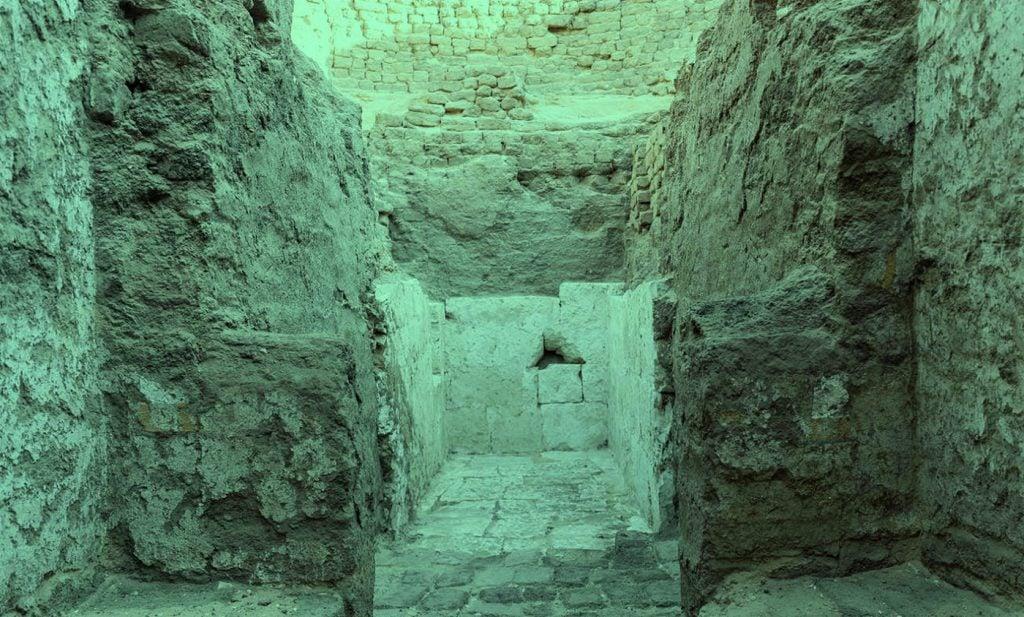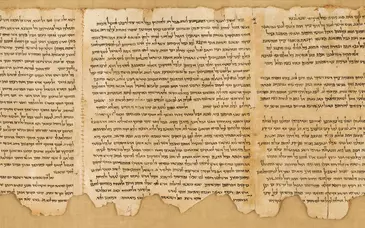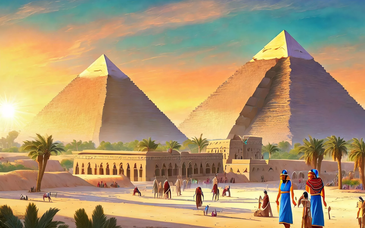In a year already rich with discoveries in Egyptology, archaeologists have uncovered the tomb of a previously unknown ancient Egyptian king. This marks the second royal tomb discovery of 2022, following last month's confirmation of the tomb of Thutmose II. However, unlike the tomb of Tutankhamun, this new find presents a mystery: the identity of the king remains unknown.
The joint Egyptian-American excavation team, working in the Mount Anubis necropolis in Abydos, Egypt, made the discovery. The tomb, believed to date back to the Middle Kingdom’s Second Intermediate Period (roughly 1630-1540 B.C.E.), was uncovered in the ancient city of Abydos—once a major site of royal burials.
During the Second Intermediate Period, the Hyksos dynasty controlled Lower Egypt, while the kings of Upper Egypt, including the mysterious Abydos dynasty, struggled to retain power. Little is known about these kings, and in 2014, the tomb of King Senebkay was the first such discovery in Abydos. This new tomb adds another layer to this historically fragmented period, offering new insights into the political and cultural challenges of ancient Egypt.
The tomb itself, buried more than 20 feet underground, is larger than those typically associated with the Abydos dynasty. It consists of a limestone burial chamber covered by mud-brick vaults. Inscriptions on the chamber’s entrance reference the goddesses Isis and Nephthys, but the name of the king is lost, as the hieroglyphic texts were damaged by ancient tomb robbers.
Josef Wegner, the lead archaeologist and Egyptologist at the University of Pennsylvania, explains that the king’s name was originally written on plastered brickwork, but much of it was destroyed by the thieves. Unfortunately, all the treasures, including the king's mummy and sarcophagus, were taken, leaving behind no clear clues to his identity.
Wegner, however, remains hopeful that further excavation of nearby sites and artifacts may eventually reveal more about the king’s identity. In fact, the discovery of this royal tomb is just one of two significant finds in the Sohag Governorate, as other researchers have uncovered a pottery workshop from the Roman and Byzantine eras in the village of Banawit. The workshop contained numerous kilns, storage areas, and pottery shards with inscriptions in Greek and Demotic scripts.
Despite the uncertainties surrounding this discovery, the findings in Abydos and Banawit are invaluable to our understanding of Egypt’s rich history and the rulers of ancient Egypt, shedding light on forgotten eras and revealing the cultural landscape of ancient Egyptian society.
As the excavation continues, archaeologists remain committed to uncovering more details about these ancient rulers and their legacies.




